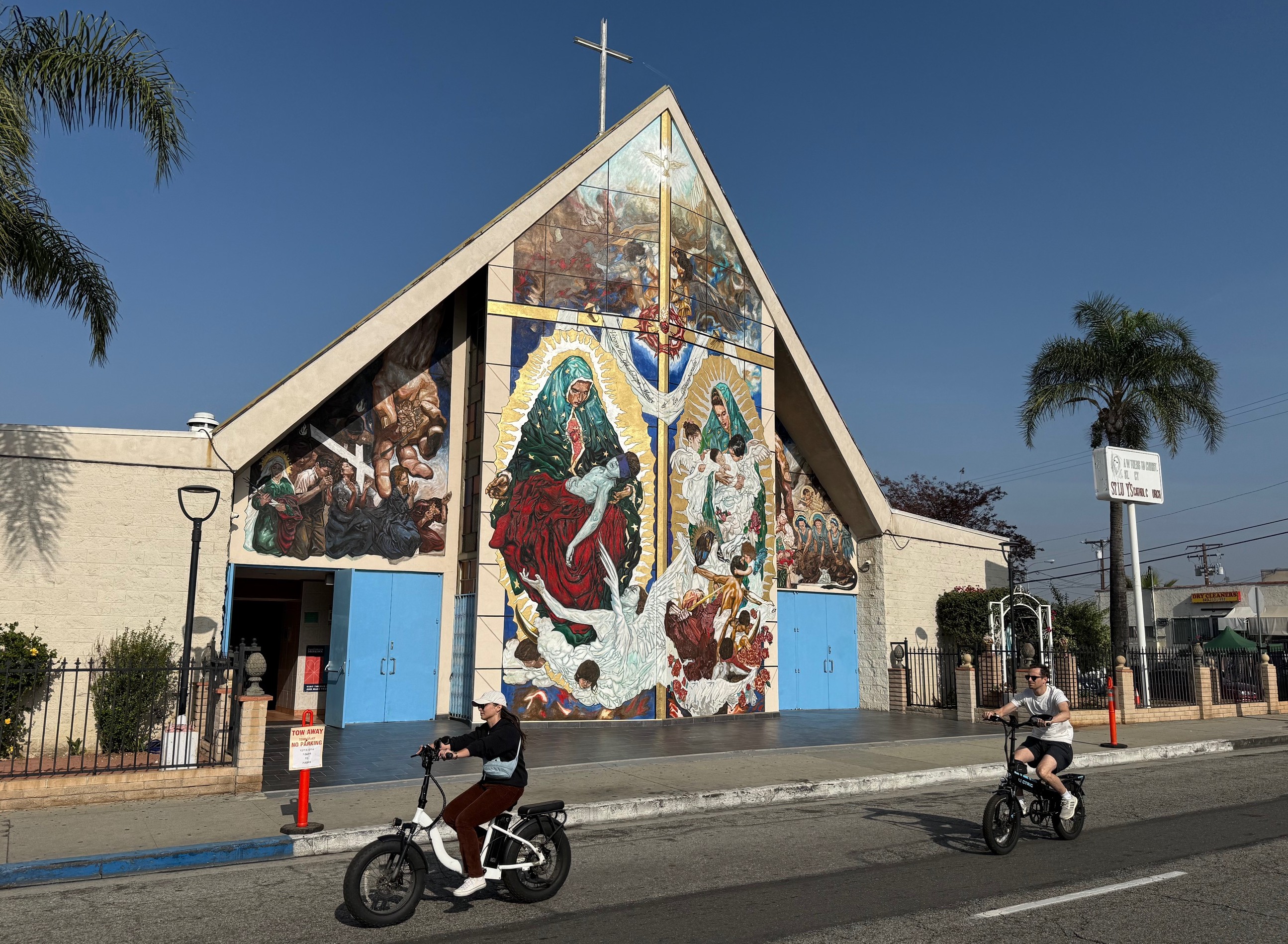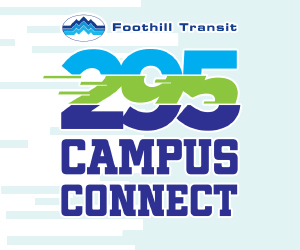I have suggested improving transit for shoppers, legalizing sidewalk vending, and establishing regional food hubs. While it is important to expand options for getting food to people and people to food, today I want to address ways to increase the availability of good food near where people live. That way, we can walk and bike to shop for food rather than needing to rely on motorized transportation.
Residential food deserts
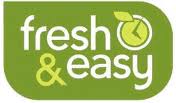
When UEPI, CRA/LA and Esperanza Community Housing Corporation mapped and analyzed food retail and transit routes in South Los Angeles, we found that food stores and restaurants were fairly plentiful on commercial streets but that many stores didn’t sell healthy and fresh items. Important work is underway in Los Angeles and California to attract more grocery stores to low income areas (and hopefully require chains to reinvest in underserved communities) , to convert corner stores to allow small stores to stock more fresh foods , and to fund new and improved food markets.
Front yard farmers markets
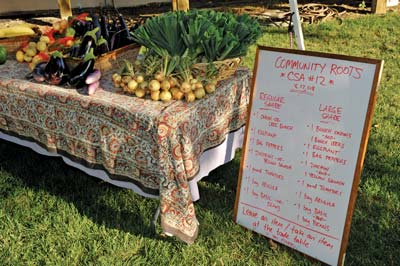
A somewhat surprising realization from our study was that in Los Angeles, the most difficult place to find food is actually in residential areas where zoning prevents retail, including food retail. How can we allow sales of healthy food near where people live? The City Council recently took a step towards healthy food retail in residential neighborhoods by instructing the City Attorney to draft an ordinance to “allow farmers' markets to be permitted anywhere in a residential zone”. I’m not sure if residents will be allowed to operate their own ‘front yard farmers markets’ by setting a farm stand to sell food grown in their yard (as is allowed in a number of cities, including Seattle and Cleveland), or if there will be procedural requirements to qualify as a farmers market. Either way, it will be exciting if small scale farmers market spread in yards, driveways and streets in residential areas.
Corner lot markets and restaurants
Another way to increase walkable sources of food is to change zoning rules to allow food stores and restaurants to operate on corner lots in residential districts. Some cities allow limited commercial uses in residential zones just on corner lots. New Orleans Residential Diversity Overlay Zone is designed to “sustain the historic character of residential neighborhoods that contained a few shops serving the immediate neighborhood.”
Richmond, VA has a medium density zone to “permit corner commercial uses that are limited in location, type and scale and are intended to provide for the convenience of neighborhood residents within walking distance, to respect the primary residential character of the neighborhood and to avoid traffic, parking, noise and other impacts that typically result from uses that draw patrons from outside a neighborhood.”Permitted commercial uses include grocery stores, corner stores, restaurants, bakeries but these establishments may not host live entertainment. I hope that Los Angeles can allow food stores and restaurants on corner lots in residential areas to promote food access and walkability.
Parking, street and store designs
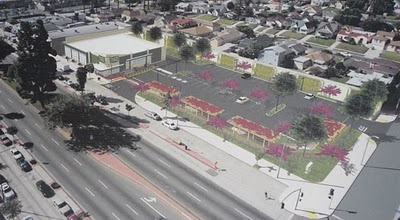
Current City of Los Angeles parking regulations require 1 parking space per 100 square feet of a restaurant (1 per 200 sf for a small restaurant of 1000 sf or less) and 1 space per 250 square feet of a food retail store. These requirements are lowered to 1 space per 500 sf in a community redevelopment zone. Even this lower requirement mandates over a hundred parking spaces for a typical sized large super market, adding to the size of a required lot, the cost of development, and indirectly, to the price of food. The City should eliminate all minimum parking requirements in all zones, especially for food establishments.
There are also numerous changes to street and sidewalk design that can make it more safe and appealing for people to walk or bike to shop. We need more and better bike lanes, bike racks, crosswalks, and street lighting; and lower speed limits, traffic calming measures, and fewer curb cuts for parking lots and drive-throughs. Owners of stores and commercial real estate (assisted or prodded by planners, architects, and regulators) can also design retail environments that are welcoming and health-promoting. Elements like café tables, entrances facing the sidewalk rather than a side or rear parking lot, produce displays next to the door, and glass walls can help food stores:
- Fit in urban areas
- Be accessible to shoppers arriving on food, bike and transit
- Feature healthy foods in their connection to the surroundings.
This concludes the series on transportation and food access. Thanks to Streetsblog Los Angeles for running it. Hope everyone has a happy thanksgiving and that together we can work towards a society that ensures good food for all.
